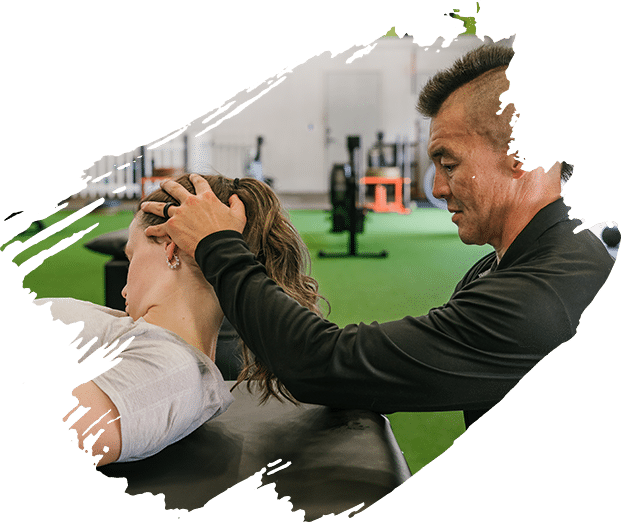Delicious Treats You Can Have In Moderation
 Snacking is almost an American tradition. You see it in commercials and commonly on TV shows. If you started eating healthier, healthy snacks should also be on the menu. Sometimes, you want more. You want special treats that you used to eat before your dietary changes. You can still have them, but you must eat them in moderation and only occasionally. If weight loss is one of your goals, try to keep the portion size between 100-200 calories.
Snacking is almost an American tradition. You see it in commercials and commonly on TV shows. If you started eating healthier, healthy snacks should also be on the menu. Sometimes, you want more. You want special treats that you used to eat before your dietary changes. You can still have them, but you must eat them in moderation and only occasionally. If weight loss is one of your goals, try to keep the portion size between 100-200 calories.
Start by creating individual sizes.
Most treats people crave are not only high in calories but also unhealthy. They contain high amounts of sugar and often have no redeeming quality unless it's the pleasure you get when you eat them. Most contain high amounts of sugar, fat, and-or salt. They're created to make you want more. You can avoid over-eating by dividing larger sizes into 100 to 200-calorie portions and limiting yourself to one portion.
Nuts and trail mix are healthy treats you can consume daily but in moderation.
You can purchase individual bags of nuts, but most of them are highly salted and oil roasted. You're better off buying raw nuts and creating individual-sized bags. Walnuts, pistachios, and pecans are good choices. You can add pumpkin or sunflower seeds to your mix. For a little sweetness, add pieces of dried fruit or a small amount of dark chocolate.
If you want cake, make it angel food.
People often miss their sweet treats when they switch to a healthier lifestyle. Sometime, that sweet apple or those grapes won't do. When you're at that point, consider angel food cake. One slice is just 72 calories. Top it with sliced strawberries or blueberries and 2 TBSP of non-fat topping for another 100 calories and you have a delectable dessert for under 200 calories. You could even sprinkle on a few shavings of dark chocolate.
- Make a parfait with Greek yogurt, a half banana, fresh or frozen cherries or berries, and nuts. Layer it in an 8-ounce Mason jar. Put on the lid and refrigerate. It's about 115 calories.
- Make a healthy dip and cut up fresh veggies for a treat that will fill you up without adding extra calories. Avoid eating too much dip, since even the healthiest options are often higher in calories.
- Sweet treats that are fit for a gourmet meal are strawberries dipped in dark chocolate. Use chocolate chips or a square of dark chocolate with a high percentage of cacao. Microwave the chocolate to melt it, then dip the fruit. You can also dip frozen bananas on a stick.
- Choose popcorn over potato chips but make the popcorn yourself. Air-popped or homemade microwave popcorn are good options. You don't need oil to make microwave popcorn, just a bowl with a loose plate to cover it.
For more information, contact us today at Habitat Health & Fitness



 You'll get huge benefits from outdoor exercise in the heat. It can boost your metabolism and improve exercise efficiency. You need to acclimate your body to the heat to let your body make adaptations. People in Lakeland, FL can do that by taking their workout outdoors a few days a week all year. As the weather slowly gets hotter, you'll adjust as the temperature rises. Exercising outside in the heat has its drawbacks. It can be dangerous if you're not in peak shape. People with health conditions, are older, or taking medications, should check with their healthcare professional first. Exercise smarter in the heat.
You'll get huge benefits from outdoor exercise in the heat. It can boost your metabolism and improve exercise efficiency. You need to acclimate your body to the heat to let your body make adaptations. People in Lakeland, FL can do that by taking their workout outdoors a few days a week all year. As the weather slowly gets hotter, you'll adjust as the temperature rises. Exercising outside in the heat has its drawbacks. It can be dangerous if you're not in peak shape. People with health conditions, are older, or taking medications, should check with their healthcare professional first. Exercise smarter in the heat.
 Why do personal trainers document your fitness progress every time you work with them? One reason is that it helps identify whether the program is working. The trainer can look at your beginning weight if weight loss is a goal and compare it to your present weight. He or she can compare the number of sets and repetitions you can do of a given exercise and see if there's an improvement. The trainer also knows that tracking your workouts and progress can help determine what to do next.
Why do personal trainers document your fitness progress every time you work with them? One reason is that it helps identify whether the program is working. The trainer can look at your beginning weight if weight loss is a goal and compare it to your present weight. He or she can compare the number of sets and repetitions you can do of a given exercise and see if there's an improvement. The trainer also knows that tracking your workouts and progress can help determine what to do next.
 We do team training at Habitat Health and Fitness in Lakeland, FL, so we work with many athletes. We also believe that inside every person is a hidden athlete waiting to emerge. Clients often wonder if plant-based diets could fit into an active, athletic lifestyle. The answer is yes, but it takes a lot of planning to ensure it contains all the nutrients necessary. There are as many ways to go plant-based as there are people. Each diet should be individualized and healthy.
We do team training at Habitat Health and Fitness in Lakeland, FL, so we work with many athletes. We also believe that inside every person is a hidden athlete waiting to emerge. Clients often wonder if plant-based diets could fit into an active, athletic lifestyle. The answer is yes, but it takes a lot of planning to ensure it contains all the nutrients necessary. There are as many ways to go plant-based as there are people. Each diet should be individualized and healthy.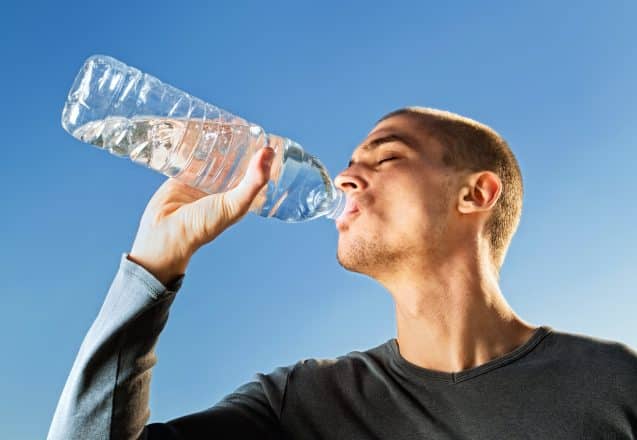
 The hot weather of summer should remind everyone to stay hydrated. Unfortunately, it doesn't always happen. In warmer weather, you sweat more. Unless you replace the lost liquid, it doesn't take long before you start to notice the symptoms of dehydration. Thirst is the first sign of dehydration, but not all people notice their thirst. Some think they're hungry when in reality, they're thirsty. Dark-colored urine, headache, nausea, fatigue, confusion, and dizziness are other signs of dehydration. You don't have to wait for the signs to appear if you carry water with you and sip on it frequently. It's one way to stay hydrated.
The hot weather of summer should remind everyone to stay hydrated. Unfortunately, it doesn't always happen. In warmer weather, you sweat more. Unless you replace the lost liquid, it doesn't take long before you start to notice the symptoms of dehydration. Thirst is the first sign of dehydration, but not all people notice their thirst. Some think they're hungry when in reality, they're thirsty. Dark-colored urine, headache, nausea, fatigue, confusion, and dizziness are other signs of dehydration. You don't have to wait for the signs to appear if you carry water with you and sip on it frequently. It's one way to stay hydrated.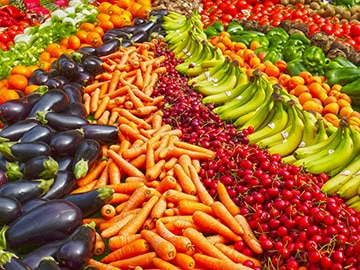
 People working out at Habitat Health and Fitness know it takes more than just exercise to achieve their goals. It also takes a healthy diet. A healthy diet should include all macronutrients, including carbohydrates. Carbs get a bad rap. They're blamed for weight gain and various maladies. Not all carbohydrates are bad. Some provide health benefits you can't get any other way. The carbohydrate category is broad and includes both healthy foods like vegetables and fruit, and unhealthy ones like sugar and highly processed food.
People working out at Habitat Health and Fitness know it takes more than just exercise to achieve their goals. It also takes a healthy diet. A healthy diet should include all macronutrients, including carbohydrates. Carbs get a bad rap. They're blamed for weight gain and various maladies. Not all carbohydrates are bad. Some provide health benefits you can't get any other way. The carbohydrate category is broad and includes both healthy foods like vegetables and fruit, and unhealthy ones like sugar and highly processed food.
 When people opt for low-carb diets, they hope the side effects will be weight loss. In many cases, they're right. Low-carb diets also have some negative side effects that range from uncomfortable to painful. Low-carb diets are designed to reduce the number of calories from carbs and increase calories from protein and fat. When you limit carbs, you limit sugary and refined products are removed from the diet. That alone can make a difference in overall good health and weight loss, and it's a positive difference. What are some of the negative side effects people experience?
When people opt for low-carb diets, they hope the side effects will be weight loss. In many cases, they're right. Low-carb diets also have some negative side effects that range from uncomfortable to painful. Low-carb diets are designed to reduce the number of calories from carbs and increase calories from protein and fat. When you limit carbs, you limit sugary and refined products are removed from the diet. That alone can make a difference in overall good health and weight loss, and it's a positive difference. What are some of the negative side effects people experience?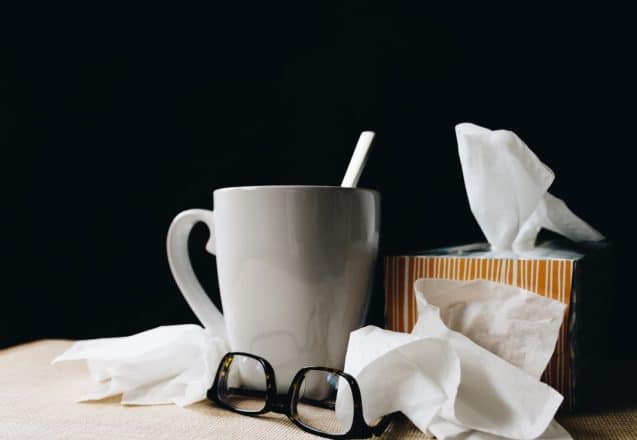
 Most people in Lakeland, FL, can identify some food that doesn't agree with them. A few live in fear because their reaction could be life-threatening. That's one explanation of the difference between a food allergy and a food sensitivity, or intolerance. It's how the body responds to the food and what triggers the reaction. The immune system triggers a food allergy. Food sensitivity, or intolerance, is triggered by the digestive system.
Most people in Lakeland, FL, can identify some food that doesn't agree with them. A few live in fear because their reaction could be life-threatening. That's one explanation of the difference between a food allergy and a food sensitivity, or intolerance. It's how the body responds to the food and what triggers the reaction. The immune system triggers a food allergy. Food sensitivity, or intolerance, is triggered by the digestive system.
 Do you want to look your best? People often focus on losing weight, but they also need to focus on the fat to muscle tissue ratio. The two aren't equal. A biological female weighing 130 pounds but has over 25% body fat will look far heavier than a counterpart weighing the same whose body fat is 14%. Even though the two are the same weight, the one with more muscle will look thinner.
Do you want to look your best? People often focus on losing weight, but they also need to focus on the fat to muscle tissue ratio. The two aren't equal. A biological female weighing 130 pounds but has over 25% body fat will look far heavier than a counterpart weighing the same whose body fat is 14%. Even though the two are the same weight, the one with more muscle will look thinner.
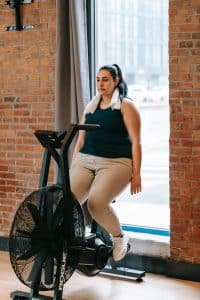 People who work out at Habitat Health and Fitness know that continuously eating more calories than you require causes weight gain. It's the first thing most overweight people learn about weight control. What most people don't search for are signs you actually need to eat more calories. It may sound like a dream come true, but it isn't. It's just as hard to gain weight as it is to lose it. Too few calories can interfere with the functions of the body and lead to critical health issues.
People who work out at Habitat Health and Fitness know that continuously eating more calories than you require causes weight gain. It's the first thing most overweight people learn about weight control. What most people don't search for are signs you actually need to eat more calories. It may sound like a dream come true, but it isn't. It's just as hard to gain weight as it is to lose it. Too few calories can interfere with the functions of the body and lead to critical health issues.